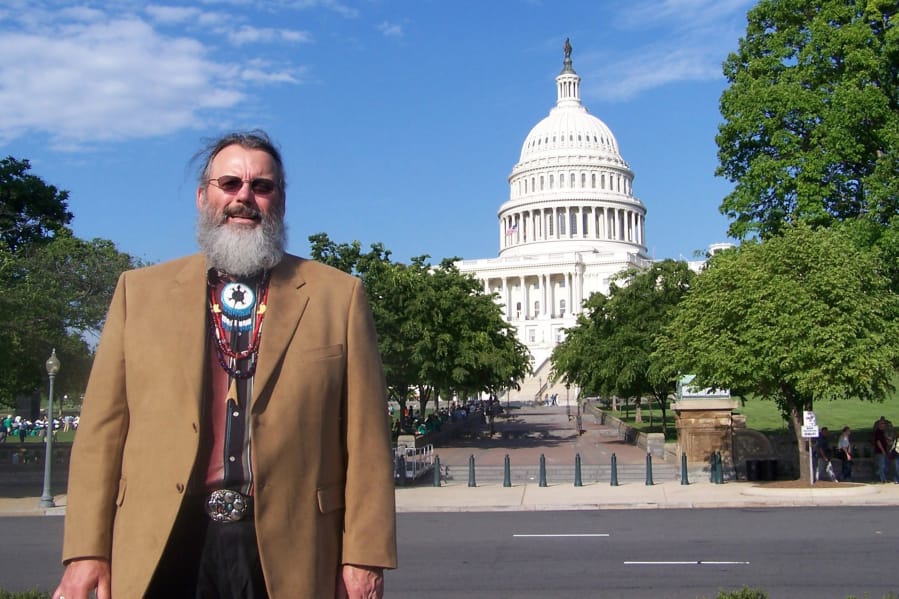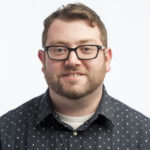The stories of when and how people arrived in Clark County have their differences, but they have some similarities, too.
Mainly, resentment from people already living in the area.
That wasn’t the purpose of the Clark County Stories project when it started in January — and certainly hasn’t been the biggest takeaway — but it seems to be a running theme throughout the history of the county.
Donna Sinclair, author and adjunct professor of history at Washington State University Vancouver, said that during a previous event, a woman discussed how her grandparents moved to the region shortly after pioneers settled, and the pioneers were dismissive to newcomers. As Clark County continues to grow, it’s a sentiment that still hangs around today, and has even popped up at previous Clark County Stories events, Sinclair said.
Sue Peabody, the WSUV history professor who started the project with Sinclair, said this dynamic between old-comers and new-comers has replicated throughout history.
If you go
•What: The final Clark County Stories event, titled “Sharing Our Stories” will look back at the series of workshops and events that started in January and allow guests to share their own stories of how they came to live in Clark County.
• When: 6:30 to 8:30 p.m. Thursday.
•Where: Room 110 of the Dengerink Administration Building at Washington State University Vancouver, 14204 N.E. Salmon Creek Ave., Vancouver.
•Cost: Free.
• Information: Events.Vancouver.WSU.edu/Clark-County-Stories-How-We-Came-Place
“It’s not necessarily that we’re living in a unique moment of population growth and rapid growth,” she said.
The final Clark County Stories event will run from 6:30 to 8:30 p.m. Thursday in Room 110 of the Dengerink Administration Building at WSUV, 14204 N.E. Salmon Creek Ave., Vancouver. The event is titled “Sharing Our Stories,” and it will look back at the series of events, which started in January and included story workshops and community conversations on how people came to north Clark County and how people migrated to the region. The event is free and open to the public.
While the possibility of getting the stink eye from some old-timers came up throughout the series, Sinclair and Peabody both said there are far more positives that have kept people moving to the area.
“Motivations for people to come here — whether 100 years ago or 50 years ago or last year — has to do with natural beauty and natural resources,” Peabody said. ” Secondly, in more recent times, it’s the jobs and opportunities. Third, again more recently, the high quality of education stands out in lots of people’s memories.”
While growth in the region has brought more houses and transportation, cutting into some of that natural beauty, it has had its positives. One woman told Peabody she used to have to drive into Portland to buy a bra, and now she can just go to a nearby Fred Meyer.
The idea for the project came when Peabody noticed that the county’s population has doubled since 1988 to nearly half a million people. Sinclair, an oral historian, had her Public History class at WSUV work on a project called “I Am Clark County” last spring where they interviewed 12 people about their history in the county. The two teamed up to try and bring those same stories out of residents, both old-timers and newcomers.
“When you recognize that you are shaped by history, you start to also recognize the ways you can also shape history and make an effect on the world,” Peabody said. “By becoming aware of one’s place in history, it can become very empowering in making a difference in the world.”
They worked in partnership with the Clark County Historical Museum and the Fort Vancouver Regional Library, and received funding for the project from Humanities Washington and WSU. Brad Richardson, executive director of the historical museum, will speak at the event on Thursday. After the final Stories event, a “Clark County Stories: How We Came To This Place” exhibit will open at the museum starting Oct. 18, building on the “I Am Clark County” exhibit started by Sinclair’s students last year.
Also speaking at Thursday’s event will be six residents who participated in earlier Clark County Stories events. They were identified as having unique stories and were interviewed for the project. Each will get up and tell a brief story. Sinclair and Peabody want to leave time at the end for guests to speak and share their own stories, which was an unexpected highlight at the previous migration event.
“When it comes to community history, it’s often very exclusive,” Sinclair said. “What we hope is to at least tap into creating a shared history of Clark County that people who may not have recognized themselves in the history of the county will see themselves included in it. It’s history we all share.”
Sinclair said that people seeing themselves in a historical context can help them feel less isolated, and seeing that the struggles they faced or are facing are similar to someone else’s struggles can help them feel like part of the community.
“If you can recognize yourself as part of history, you’re more likely to pay attention to what’s going on around you,” she said.
Both Sinclair and Peabody said the roughly 150 people who have participated in the Clark County Stories events are fairly active in the community.
“One of the deep outcomes of the community conversations and interviews was the recognition of how important volunteerism is in the community,” Peabody said. “This is a really generous and active community of people who get out and participate with their churches or service organizations.”
Sinclair said multiple people interviewed independently mentioned how important it is to be loving toward each other in the community.
“You choose to talk with your everyday, average Clark County citizen. What you find is people are engaged in creating a better community at various levels.
The two hope that the series of events helped residents see their differences, and also similarities. Peabody said “really rich little nuggets of human life have emerged from these (events) and enrich our sense of connection to one another.”
“We need for conversations generally in society,” Sinclair said. “Stories are really important. They’re one of the ways people can connect together across the divide.”




